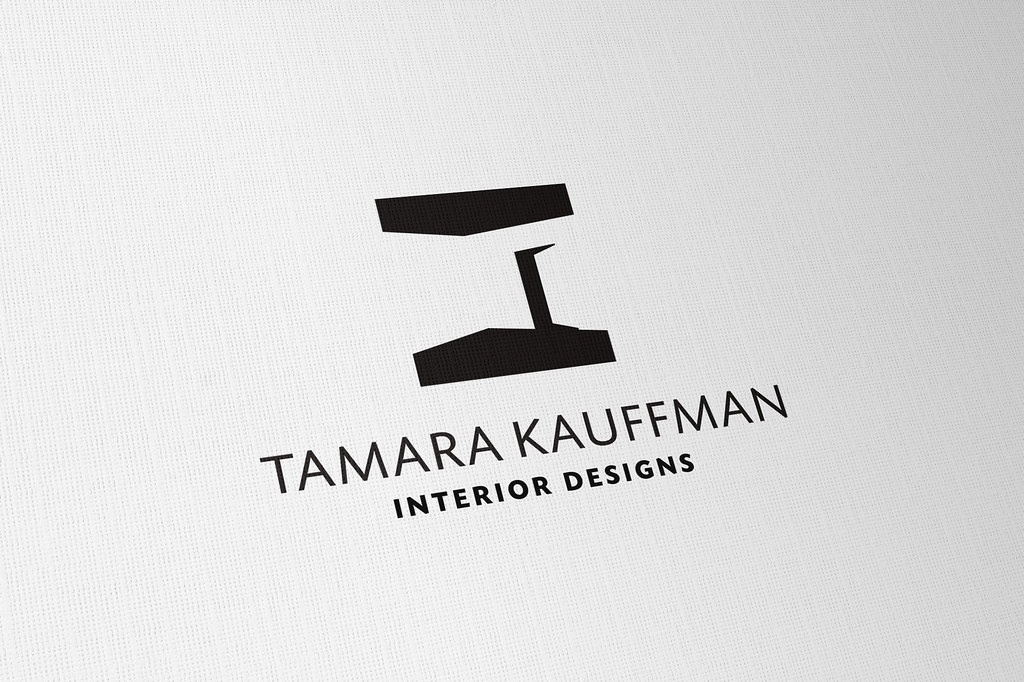Interior design logos are the visual cornerstone that represents the style, creativity, and professionalism of a designer or design firm. These logos not only encapsulate the essence of the brand but also play a pivotal role in attracting potential clients. Did you know that the colors and shapes used in an interior design logo can significantly influence a client's perception of the brand? Crafting the perfect logo requires a blend of artistic flair and strategic thinking, making it a critical element in the success of any interior design business.

The use of color in interior design logos is not just about aesthetics; it's a powerful tool that can influence perception and behavior. Each color carries its own psychological weight and can evoke different emotions and associations in the viewer. For instance, blue often instills a sense of calm and reliability, making it a popular choice for brands wishing to project stability and trustworthiness. Red, on the other hand, is associated with energy, passion, and action, ideal for brands wanting to make a bold statement. Understanding the psychology of colors can help designers create logos that not only stand out but also communicate the brand's core values and ethos effectively.
In the realm of interior design branding, the interplay of symbolism and minimalism can be a powerful strategy in crafting a memorable brand identity. Symbolism allows brands to convey complex ideas and brand values through simple visual elements, creating deeper connections with their audience. Minimalism, characterized by clean lines, uncluttered spaces, and a focus on the essentials, complements this by ensuring that the symbolic elements are not lost in the noise but stand out in their simplicity. This approach not only ensures that the brand identity is easily recognizable and memorable but also communicates the brand's commitment to elegance, clarity, and modernity.

The choice of typography in a brand's logo can significantly influence how the brand is perceived by potential clients. In the interior design industry, where aesthetics and attention to detail are paramount, the font used in a logo can convey a wealth of information about the brand's style, professionalism, and creativity. A well-chosen typeface can enhance a brand's identity, making it appear more sophisticated, innovative, or reliable. For instance, serif fonts are often associated with tradition and reliability, making them a popular choice for interior design firms that wish to emphasize their experience and trustworthiness. On the other hand, sans-serif fonts, with their clean and modern appearance, can help a brand appear more contemporary and forward-thinking. Script fonts can add a personal, bespoke touch, suggesting a brand's focus on custom, detailed work. The size, color, and arrangement of typography also play crucial roles in brand perception, impacting readability and the overall balance of the logo design. By carefully selecting typography that aligns with their brand values and target audience's preferences, interior design businesses can create a stronger, more appealing brand identity.
When dissecting successful interior design logos, a common thread emerges: they effectively communicate brand values and aesthetics while being visually appealing and memorable. These logos often combine elements discussed in the previous sections—color psychology, symbolism, minimalism, and typography—to create a cohesive brand identity that resonates with their target audience. For instance, a luxury interior design firm might use a sleek, serif font combined with a muted color palette to convey elegance and sophistication. On the other hand, a brand focusing on sustainable living might choose earthy tones and a simple, organic symbol to reflect its commitment to eco-friendliness. Analyzing these successful logos, we notice the careful balance between uniqueness and simplicity, ensuring the logo is versatile across various mediums, from business cards to social media. The key takeaway for your brand is to ensure your logo tells your brand's story at a glance, aligning with your core values and appealing to your ideal clients. This strategic approach to logo design not only enhances brand recognition but also fosters a deeper connection with your audience.
In the thriving realms of interior design, the art of branding is just as crucial as the design itself. The symbiosis between Interior Design Logos: Unlocking the Secrets to Brand Success and Salon Interior Design Secrets: Transform Your Space Now! illustrates the profound connection between a well-crafted logo and a meticulously designed salon space. A logo is more than just a symbol; it's an embodiment of your brand's ethos and a visual cue that resonates with your clientele, mirroring the transformative power of salon interior design. To delve deeper into the finesse of elevating your salon's aesthetic allure, explore our extensive insights on effective salon interior design and learn how to create an ambience that complements your brand identity. Discover the secrets to salon interior transformation now.